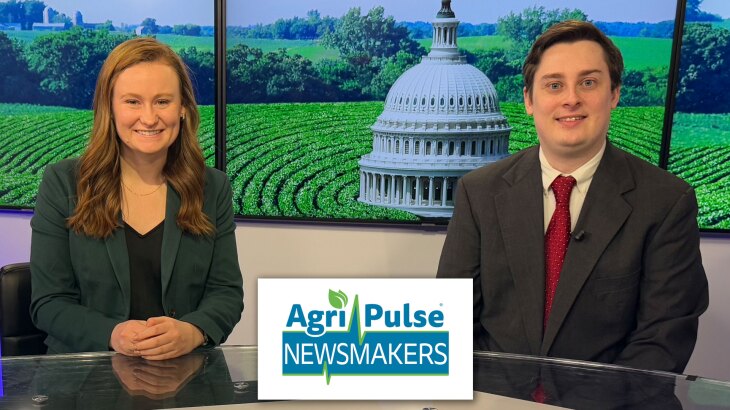According to a new study by Florida Atlantic University’s Harbor Branch Oceanographic Institute, fertilizer use was not to blame for the current environmental conditions in Florida’s Indian River Lagoon.
The Indian River Lagoon is located in Sebastian, Florida, on the Central-Atlantic Coast; and comprises three smaller lagoons: The Indian Lagoon, Banana River, and Mosquito River.
For decades, water managers, policymakers and environmental activists have implicated fertilizer use as the primary contributing source responsible for about 71 percent of these impairments in the lagoon — issues ranging from catastrophic seagrass losses, fish kills, unusual marine mammal deaths (including manatees), and recurring harmful algal blooms and brown tides, the Indian River Lagoon is environmentally distressed.
That is why, over the last five years, stringent fertilizer bans were enacted along the 156-mile coast of the Lagoon during wet seasons to decrease nutrient inputs from urban and agricultural land uses and thereby lessen maximum daily loads for the lagoon.
However, according to the FAU study, published in the journal Marine Pollution Bulletin, agricultural fertilizers were more likely responsible for about 21 percent of the nitrogen load in the Lagoon, and while the bans were well-meaning and have been effective to some extent, it has not been enough to improve the problems. In fact, in the last five years, algae blooms have only worsened in the threatened waterway — and led to “unprecedented” seagrass die-offs and starving manatees.
“Our comparative pre- versus post-ban nutrient data indicate that the wet season fertilizer blackouts were not as effective as hoped,” said Brian Lapointe, Ph.D., senior author and a research professor at FAU Harbor Branch. “Our findings also suggest that the increasing concentrations of dissolved inorganic nitrogen and phosphorus observed in some segments of the lagoon following five years of fertilizer bans would support the worsening trend of algal blooms.”
As scientists compared samples taken before- and post-fertilizer blackouts, as well as compared with other nitrogen-threatened waterways, they determined that more likely, human sewage released from septic systems during wet seasons is the cause of an estimated 79 percent of the nutrient load in the Lagoon.
“The deteriorating conditions in the Indian River Lagoon demonstrate the urgent need for more comprehensive mitigation actions as fertilizer ordinances are not likely to be a standalone solution,” said Rachel Brewton, corresponding author and a research scientist at FAU Harbor Branch. “Our data indicate a primary role of human waste influence in the lagoon, which suggests that current management actions have been insufficient at mitigating environmental pollution.”
Environmentalists hope that as quickly as these fertilizer blackouts were accepted as a solution, so too, will the mitigation of human waste runoff into these protected waterways be championed and enacted.
“The initial overestimation of nitrogen contributions from residential fertilizer applications led to broad public support and the passage of numerous fertilizer ordinances along the Indian River Lagoon during our study period,” said Lapointe. “Now, it would be prudent to prioritize reducing human waste nutrient inputs into the lagoon, prior to mitigating the impacts of internal nutrient sources, when possible.”



















